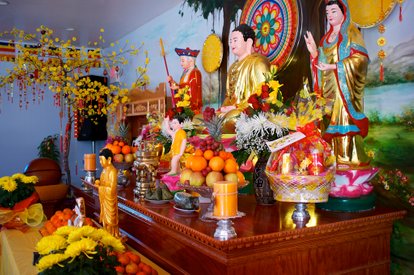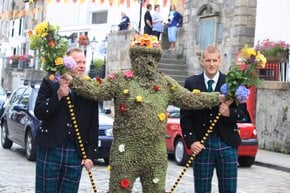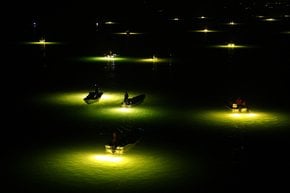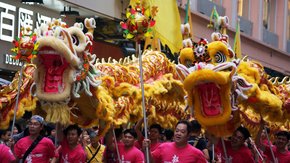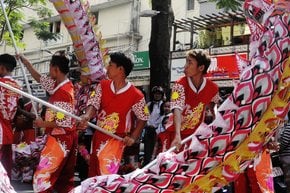Plants for Tet 2025 in Vietnam
The tradition to decorate houses and streets for Lunar New Year turns Vietnam into a colourful spectacle
Dates: January 22–February 12, 2025
Lunar New Year, known locally as Tết Nguyên Đán or simply Tết, is one of the most significant holidays in Vietnamese culture. The celebration typically lasts for at least three days, and in many areas, it extends even longer. Tết is so cherished that the festivities continue well beyond the main day, transforming the holiday into a season of relaxation, gratitude, and joy. Among the many Tết traditions, special decorations play a key role, with lucky plants and exotic flowers standing out as some of the most powerful symbols of the season.
Ornamental Plants in Vietnamese Houses
Similar to the Western Christmas tree, Vietnam's traditional decorations for the Lunar New Year (Tết) include the ochna integerrima (yellow apricot), marumi kumquat, and peach tree. These are used to bring luck, wealth, and happiness to the home. The yellow apricot blossom (Hoa Mai) symbolizes prosperity, while the peach blossom (Hoa Dao) represents spring's vibrant energy and good fortune. Kumquat trees (Quất) are associated with good luck and happiness. Red flowers, like the peach blossom, symbolize luck, while yellow flowers, like the apricot, represent prosperity and protection from spirits.
In addition to the key symbols of peach blossoms, apricot blossoms, and kumquat trees, other flowers also play an important role in Vietnamese New Year decorations. Chrysanthemums and marigolds are believed to symbolize longevity and health, while orchids, known for their elegance and grace, are highly valued during Tết. Other flowers, such as roses, tulips, and cockscomb, are also commonly used, each carrying its symbolic meaning.
Regions
In the South of Vietnam, ochna integerrima is a popular decoration, known for having ripe and unripe fruits, flowers, and green leaves all at once, symbolizing wealth and prosperity. In the North, peach tree branches and marumi kumquat are more common, representing courage, strength, health, and vitality, as these plants are among the first to bloom. In the Central region, chrysanthemums and orchids are favored, often paired with kumquat trees for good luck.
Flower Markers
Visitors can experience the vibrant Tet decorations along Dong Khoi Street in Ho Chi Minh City, where the streets are adorned with orange and yellow flowers. The Tet Flower Markets and Hai Thuong Lan Ong Street in old Saigon are great spots for purchasing decorations. In Hanoi, the Ngọc Hà and Chợ Hoa Quảng Bá markets are among the most famous. The port city of Hoi An in Central Vietnam is another vibrant destination to celebrate Tết. Known for its stunning display of silk lanterns lighting up the streets, Hoi An also delights visitors with its signature dish, cao lau noodles, a specialty of Quảng Nam Province. The ideal time to visit these flower markets is typically 7-10 days before Tết.


